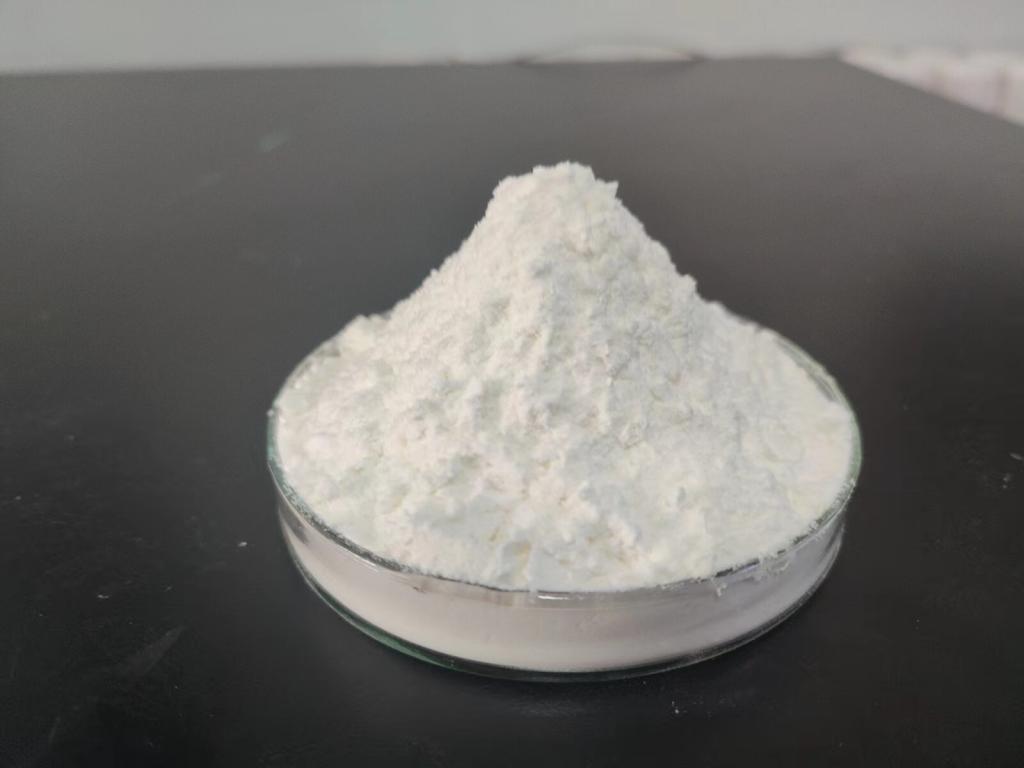Tel:+8618231198596

News
 CONTACT
CONTACT
 CONTACT
CONTACT
- Linkman:Linda Yao
- Tel: +8618231198596
- Email:linda.yao@dcpharma.cn
- Linkman:CHARLES.WANG
- Department:Overseas
- Tel: 0086 0311-85537378 0086 0311-85539701
News
Current Position:
Home >
News
>Precision Solutions in ε-Polylysine Hydrochloride's Impact on Pathogen Control
Precision Solutions in ε-Polylysine Hydrochloride's Impact on Pathogen Control
TIME:2024-03-01
1. Introduction:
The prevalence of foodborne pathogens poses significant challenges to the food industry and public health. Addressing these challenges requires precision solutions that can effectively control pathogens while meeting the demand for natural and sustainable alternatives. ε-Polylysine Hydrochloride emerges as a promising candidate, offering precision in pathogen control through its distinctive antimicrobial capabilities.
2. Understanding ε-Polylysine Hydrochloride's Mechanisms:
ε-Polylysine Hydrochloride, derived from natural sources, operates through a unique set of mechanisms that make it effective against a wide spectrum of pathogens. Its cationic nature allows it to disrupt microbial cell membranes, inhibiting growth and proliferation. Understanding these mechanisms is crucial for appreciating how ε-Polylysine Hydrochloride contributes to precision pathogen control.
3. Applications in Controlling Bacterial Pathogens:
Bacterial contamination is a persistent threat in the food industry, leading to spoilage and foodborne illnesses. ε-Polylysine Hydrochloride's application in controlling bacterial pathogens spans a range of food products, from fresh produce to meat and dairy. Case studies highlighting successful implementations demonstrate its precision in targeting specific bacterial strains.
4. Precision in Fungal Pathogen Management:
Fungal contamination can compromise the quality and safety of various food items. ε-Polylysine Hydrochloride's antifungal properties offer a precision approach to managing fungal pathogens in bakery products, grains, and other susceptible commodities. Its targeted action helps maintain the integrity of food products over extended shelf periods.
5. Viral Pathogen Control Strategies:
The rise of viral threats, including norovirus and hepatitis A, necessitates advanced control strategies. ε-Polylysine Hydrochloride's potential in precision control of viral pathogens, especially in ready-to-eat and processed foods, showcases its versatility in addressing a broader spectrum of food safety challenges.
6. Integration into Packaging Materials:
Innovative approaches involve integrating ε-Polylysine Hydrochloride into packaging materials, providing an additional layer of protection against pathogen contamination. This precision application ensures that the antimicrobial benefits are extended throughout the food supply chain, from production to the consumer's table.
7. Challenges and Considerations in Implementation:
While ε-Polylysine Hydrochloride offers precision in pathogen control, challenges such as formulation stability, compatibility with different food matrices, and regulatory considerations need to be addressed. Collaborative efforts between researchers, food manufacturers, and regulatory agencies are essential to overcome these challenges and facilitate widespread adoption.
8. Sustainable and Clean Label Solutions:
Consumers increasingly demand sustainable and clean label products. ε-Polylysine Hydrochloride aligns with these preferences, offering a natural solution for pathogen control without resorting to synthetic preservatives. Its sustainable profile contributes to the industry's commitment to environmental responsibility.
9. Future Perspectives and Research Directions:
The future of ε-Polylysine Hydrochloride in precision pathogen control holds promise for continued research and innovation. Exploring its applications in emerging areas, such as alternative protein sources and plant-based products, provides insights into expanding its role in diverse food safety scenarios.
10. Collaboration for Global Impact:
To maximize the impact of ε-Polylysine Hydrochloride in pathogen control, collaboration is essential on a global scale. Sharing research findings, best practices, and fostering international partnerships can lead to a more unified and effective approach to enhancing food safety worldwide.
11. Conclusion:
ε-Polylysine Hydrochloride's precision in pathogen control represents a significant advancement in ensuring the safety of the global food supply. From bacterial to viral and fungal threats, its unique antimicrobial properties offer a targeted and effective solution. As the food industry continues to prioritize precision, ε-Polylysine Hydrochloride stands at the forefront, contributing to a safer and more sustainable future for the food we consume.
- Tel:+8618231198596
- Whatsapp:18231198596
- Chat With Skype







